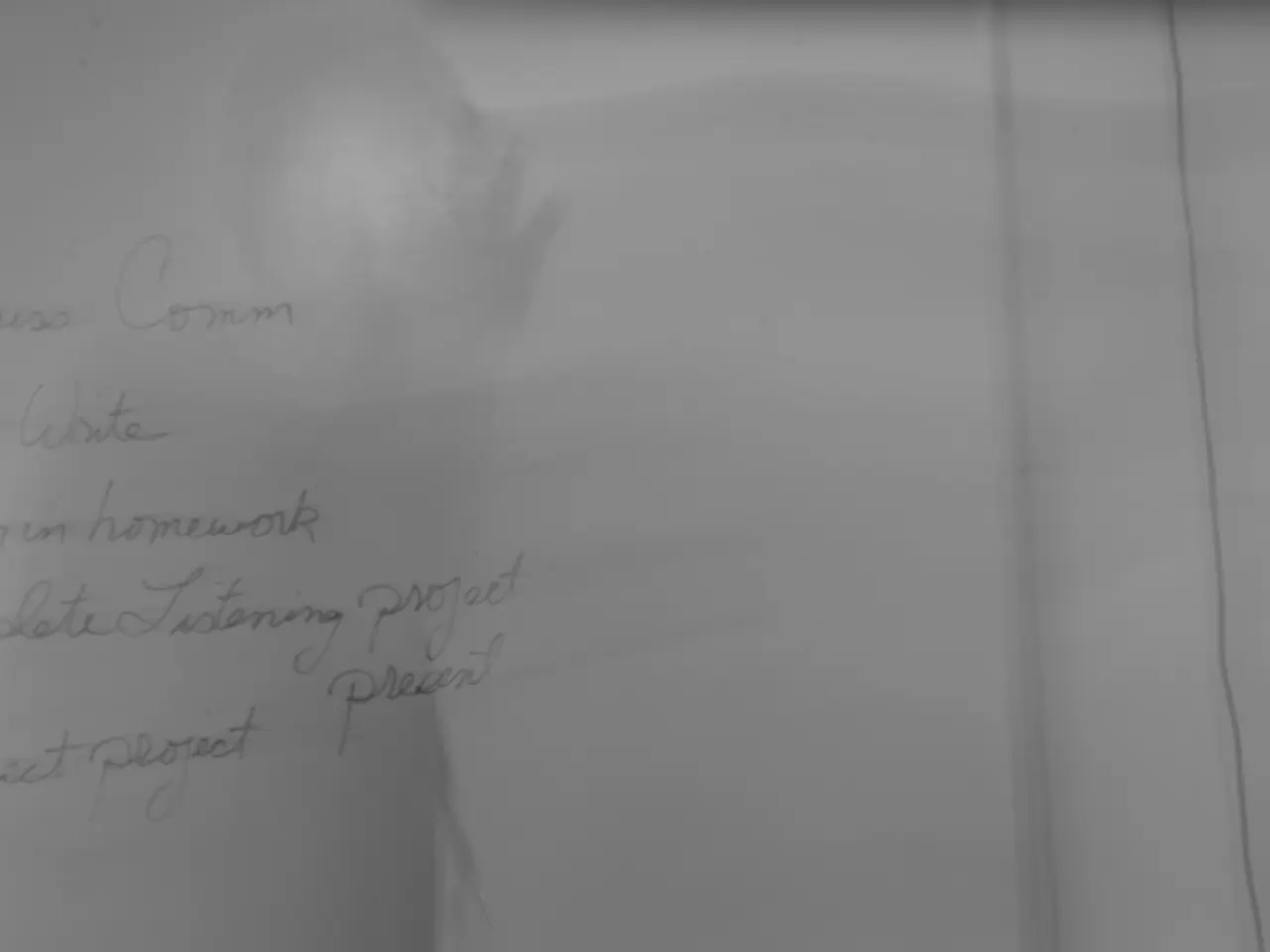Worsening Hurricanes Prompt Call for a Higher Category of Storms, Says Expert
As the Atlantic hurricane season gets underway, scientists are discussing the need for a new hurricane category to better account for the increasing intensity of storms due to climate change. The current Saffir-Simpson scale, which classifies hurricanes based on sustained wind speeds, tops out at Category 5, covering storms with winds of 157 mph or higher. However, as our planet warms, stronger and more destructive hurricanes are exceeding typical Category 5 conditions.
These next-generation storms, such as Hurricane Dorian in 2019 with sustained winds around 185 mph, Typhoon Haiyan with winds of 195 mph, and Hurricane Patricia with winds of 215 mph in 2015, are pushing the limits of the current five-level classification. Some experts suggest that Category 5 hurricanes are no longer the ceiling, and a new category, often informally called "Category 6," is being proposed to capture hurricanes stronger than the current top classification.
The warmer atmosphere and higher ocean temperatures are contributing to the intensity of these storms. As the upper atmosphere warms faster than the lower atmosphere, it becomes more resistant to vertical motion, making it harder for hurricanes to get started. However, once they do, they can become more explosive, causing widespread damage. Small changes in windspeeds can lead to counterintuitive increases in damage, especially if structures are only built to withstand winds up to a certain point.
Though not officially adopted by meteorological agencies like NOAA, researchers and climate scientists have been discussing the need for a "Category 6" due to the observed increase in hurricane intensity. This new category would help more accurately communicate the risks of extremely powerful storms beyond the current Category 5 threshold.
Conditions in the Pacific are primed to boost Atlantic storm activity, making this year's hurricane season expected to be intense. As the climate continues to warm, it's likely that we'll see more of these powerful storms, highlighting the need for a more comprehensive classification system. Fewer hurricanes may form due to the warmer atmosphere, but when they do, they'll be more explosive and destructive.
In summary, the proposed new hurricane category to reflect rising intensities linked to climate change is an unofficial "Category 6." It is intended to capture hurricanes stronger than the current top classification of Category 5, helping to better communicate the risks associated with these powerful storms. As our climate continues to warm, it's crucial to stay informed and prepared for the potential impacts of extreme weather events.
- Scientists are discussing the necessity of a new hurricane category, often referred to as "Category 6," due to the growing intensity of storms caused by climate change.
- The warming planet is causing hurricanes to become stronger and more destructive, as observed in hurricanes like Dorian, Haiyan, and Patricia.
- These next-generation storms are exceeding the current Saffir-Simpson scale's Category 5 conditions, which goes up to 157 mph.
- A warmer atmosphere and higher ocean temperatures are contributing factors to the increased intensity of hurricanes.
- Researchers and climate scientists argue that the need for a "Category 6" is vital for more accurately communicating the risks of extremely powerful storms beyond the current Category 5 threshold.
- As the climate changes, it's expected that more of these powerful storms will occur, underscoring the importance of a more comprehensive classification system and preparedness for extreme weather events in the future.








